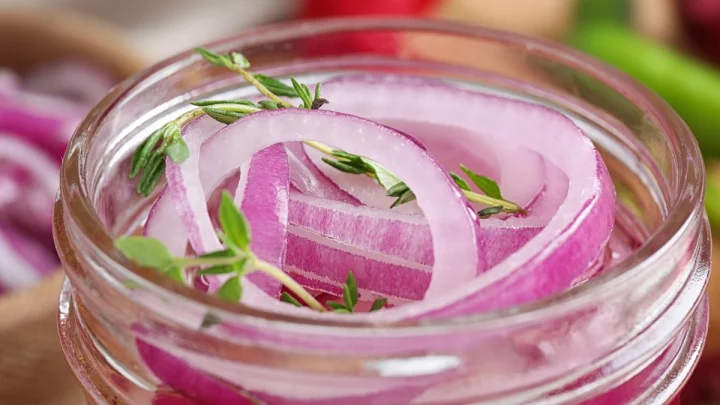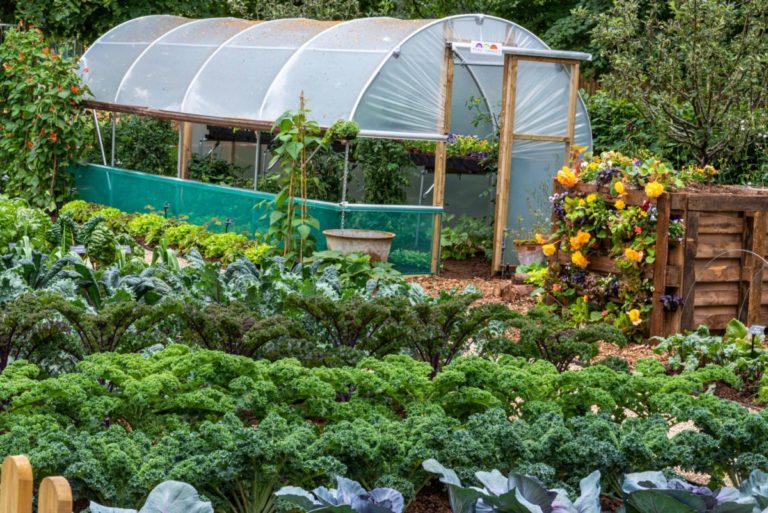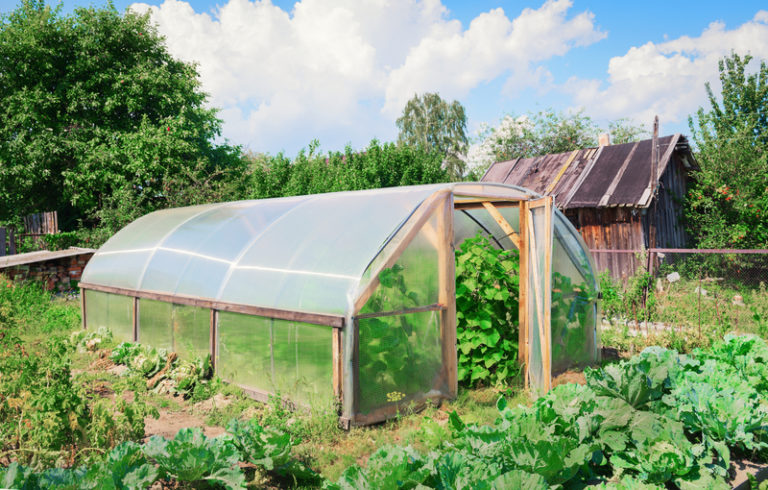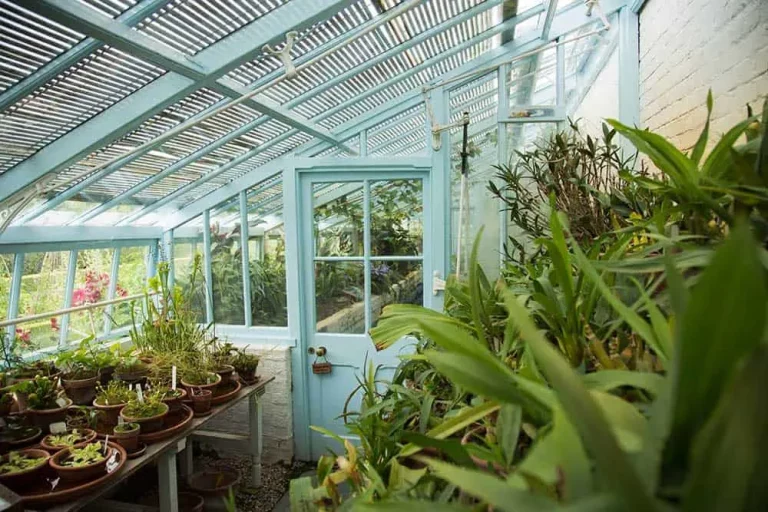Are you tired of throwing away money on groceries, only to have them go bad before you can use them?
Do you want to unlock the secret to turning your food scraps into delicious, nutrient-rich products that will keep for weeks or even months in your pantry?
Look no further!
The magic of fermentation is here to transform your kitchen waste into a treasure trove of healthy and delicious goods.
With just a few simple ingredients and tools, you can become a master of fermentation and create everything from sauerkraut to kombucha, yogurt to miso.
Join the growing revolution of home fermenters and start saving money, reducing waste, and enjoying healthier, more flavorful foods today!
Understand the process
Fermentation is a natural process that involves the conversion of sugars into alcohols and acids using microorganisms like yeast or bacteria. Different microorganisms will produce different end products, so it’s important to understand the process you’re using and the end result you want to achieve.
At its core, fermentation involves the conversion of sugars into alcohols and acids using microorganisms like yeast or bacteria.
The specific microorganisms used and the conditions under which they are fermented will determine the final product, making it essential to understand the process you’re using and the end result you want to achieve.
For example, if you’re looking to make beer, you’ll need to use yeast that is specifically designed for brewing beer.
This type of yeast will consume the sugars in the wort (the liquid extracted from the grains) and produce alcohol and carbon dioxide as byproducts.
The resulting beer will have a distinct flavor and alcohol content depending on the type of grains used and the conditions under which the fermentation takes place.
On the other hand, if you’re looking to make yogurt, you’ll need to use a type of bacteria called Lactobacillus acidophilus.
This bacteria will convert the lactose in the milk into lactic acid, producing a tangy and creamy end product.
The flavor and texture of the yogurt will depend on the type of milk used and the conditions under which the fermentation takes place.
In both cases, understanding the process of fermentation is important to achieving the desired end product.
Factors such as temperature, pH, and oxygen levels can all affect the fermentation process and ultimately the flavor and quality of the final product.
For example, if the temperature is too high or too low, it can inhibit the growth of the microorganisms, leading to off-flavors or even complete fermentation failure.
To achieve the best possible fermentation results, it’s important to carefully control the fermentation environment, including the temperature, pH, and oxygen levels.
This will ensure that the microorganisms have the optimal conditions to produce the desired end product.
Monitoring the fermentation process throughout will allow you to detect any issues before they become major problems, helping you to achieve the best possible results.
Choose the right food scraps
Not all food scraps are suitable for fermentation. Look for scraps that are high in nutrients and low in harmful substances like pesticides or heavy metals. Good options include vegetable scraps like carrot tops, apple peels, and potato peels.
When it comes to choosing the right food scraps for fermentation, it’s important to select those that are high in nutrients and low in harmful substances.
Avoid using food scraps that have been treated with pesticides or contain high levels of heavy metals, as these can be harmful to your health and the fermentation process.
Instead, opt for nutrient-dense vegetable scraps like carrot tops, apple peels, and potato peels.
These scraps are not only rich in vitamins and minerals, but they also have a good balance of sugars and acids that are necessary for fermentation.
These scraps are less likely to harbor harmful bacteria or molds, which can spoil the fermentation process and produce off-flavors.
By choosing the right food scraps, you can ensure that your fermented foods are not only delicious but also packed with nutrients.
Wash and chop the scraps
Before fermenting, wash the scraps thoroughly to remove any dirt or debris. Chop the scraps into small pieces to increase their surface area and help them release their nutrients more easily.
Before fermenting, it’s important to wash the scraps thoroughly to remove any dirt or debris that may be present.
This will help prevent contamination and ensure the fermentation process proceeds smoothly.
After washing, chop the scraps into small pieces to increase their surface area.
This will help release more nutrients and enzymes from the food, which will then be available to support the growth of beneficial microorganisms during the fermentation process.
Chopping the scraps into small pieces also allows for better mixing and contact between the ingredients, which can enhance the fermentation process and result in a more flavorful and nutritious final product.
Add the right amount of salt
Salt helps to preserve the food scraps and encourage the growth of beneficial microorganisms. Use the right amount of salt for the type of fermentation you’re doing – usually about 1-2% of the weight of the scraps.
Using the right amount of salt is important for successful fermentation.
Salt helps to preserve the food scraps and encourages the growth of beneficial microorganisms, which are essential for breaking down the scraps and creating nutrient-rich fermented products.
The amount of salt needed varies depending on the type of fermentation you’re doing, but a general rule of thumb is to use about 1-2% of the weight of the scraps.
For example, if you’re making a batch of sauerkraut, you would need about 1-2 tablespoons of salt for every 1 pound of scraps.
This amount will help to create an environment that is favorable for the growth of beneficial bacteria, such as Lactobacillus plantarum, while inhibiting the growth of harmful bacteria.
Using too much salt can be detrimental to the fermentation process, so it’s important to strike the right balance.
By adding the right amount of salt, you can ensure that your fermented foods are not only delicious, but also packed with beneficial nutrients and probiotics.
Control the environment
Fermentation requires a controlled environment to produce the desired end product. Temperature, humidity, and light levels can all affect the fermentation process. Keep the environment clean, cool, and dark to encourage the growth of beneficial microorganisms.
Controlling the environment is important for successful fermentation.
The temperature, humidity, and light levels all play a significant role in the fermentation process, and can greatly impact the quality and quantity of the final product.
To encourage the growth of beneficial microorganisms, it is essential to maintain a clean, cool, and dark environment throughout the fermentation process.
This can be achieved by using a temperature-controlled fermentation vessel, such as a thermos bottle or a fermentation lock, to maintain a consistent temperature between 68°F and 72°F (20°C and 22°C).
Ensuring the environment is humidity-controlled, such as using a humidity-controlled chamber or wrap, can help to prevent contamination and promote the growth of beneficial microorganisms.
Keeping the environment dark can help to inhibit the growth of unwanted microorganisms and promote the formation of desirable flavors and textures.
By carefully controlling the environment, you can ensure a successful and consistent fermentation process, resulting in high-quality end products.
Use the right vessels
Different vessels can affect the fermentation process and the end product. Glass or ceramic vessels are good options because they don’t impart flavors or chemicals to the food. Avoid using metal vessels, as they can leach metals into the food.
When it comes to fermenting foods, the choice of vessel can have a significant impact on the final product.
Glass or ceramic vessels are excellent options for fermenting foods because they do not impart any flavors or chemicals to the food.
These materials are inert, meaning they do not react with the food or the microorganisms involved in the fermentation process.
In contrast, metal vessels can leach metals into the food, which can affect the flavor, texture, and even the safety of the final product.
For example, using a metal vessel to ferment vegetables can result in the transfer of iron or other metals into the food, which can cause off-flavors or even toxicity.
By choosing the right vessels, you can ensure that your fermented foods are not only delicious but also safe to consume.
So, opt for glass or ceramic vessels when fermenting foods to guarantee the best results.
Monitor the fermentation process
Regularly check on the fermentation process to make sure it’s progressing as expected. Taste the food scraps regularly to determine if they’ve reached the desired level of fermentation.
Monitoring the fermentation process is important to ensure that your food scraps are breaking down into a nutritious and tasty fermented product.
As the fermentation process progresses, the mixture will change color, develop a tangy aroma, and start to bubble.
To determine if the fermentation is progressing as expected, taste the food scraps regularly.
You can use a spoon or skewer to sample the mixture, being careful not to disturb the fermentation environment.
As you taste the mixture, pay attention to the acidity, texture, and flavor.
If the fermentation is proceeding well, the mixture should be slightly sour, have a thick, creamy consistency, and a tangy, umami flavor.
If the fermentation is not progressing as expected, you may need to adjust the temperature, humidity, or other factors to ensure the best possible results.
By regularly monitoring the fermentation process, you can ensure that your food scraps are being converted into a delicious and healthy fermented product.
Stir the mixture occasionally
Stirring the fermentation mixture occasionally can help to release gases and promote even fermentation. This step is especially important for fermentation processes that produce carbonated drinks.
Stirring the fermentation mixture occasionally is a important step in the fermentation process, as it helps to release gases and promote even fermentation.
This is especially important for fermentation processes that produce carbonated drinks, as the release of carbon dioxide gas is necessary to create the fizz and bubbles that give these drinks their characteristic taste and texture.
When the mixture is not stirred, the gases can become trapped and concentrated in certain areas, leading to uneven fermentation and potentially spoiled product.
By regularly stirring the mixture, you can help to ensure that the fermentation process is taking place evenly and that all areas of the mixture are exposed to the same amount of oxygen and other nutrients.
This can ultimately result in a higher-quality final product, with better flavor, texture, and shelf stability.
Stirring the mixture can help to prevent the growth of unwanted microorganisms, such as mold and bacteria, which can be more easily introduced into the fermentation process when the mixture is not stirred.
Overall, stirring the fermentation mixture occasionally is a simple yet important step that can have a significant impact on the final product and is an important consideration for anyone looking to produce high-quality, carbonated drinks.
Want More? Dive Deeper Here!
Hey there! If you’re the type who loves going down the rabbit hole of information (like we do), you’re in the right spot. We’ve pulled together some cool reads and resources that dive a bit deeper into the stuff we chat about on our site. Whether you’re just killing time or super into the topic, these picks might just be what you’re looking for. Happy reading!






